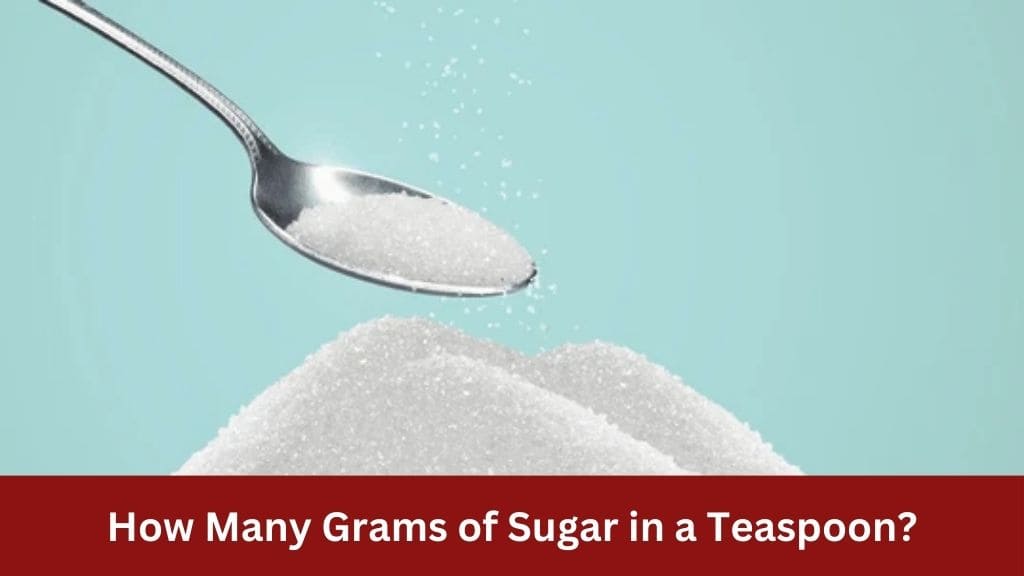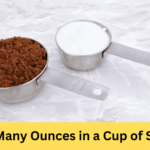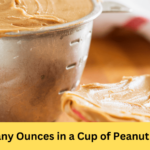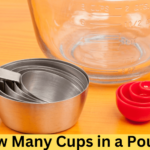In today’s world, where sugar consumption is a concern for many due to its potential health implications, understanding how to interpret sugar content on nutrition labels becomes crucial. One common question that arises is, “How many grams of sugar are in a teaspoon?” This seemingly simple question holds significance in managing our daily sugar intake and making informed dietary choices. In this comprehensive guide, we’ll delve into the intricacies of sugar measurement, explore the relationship between grams and teaspoons, and equip you with the knowledge needed to navigate sugar content effectively.
The Significance of Sugar Measurement
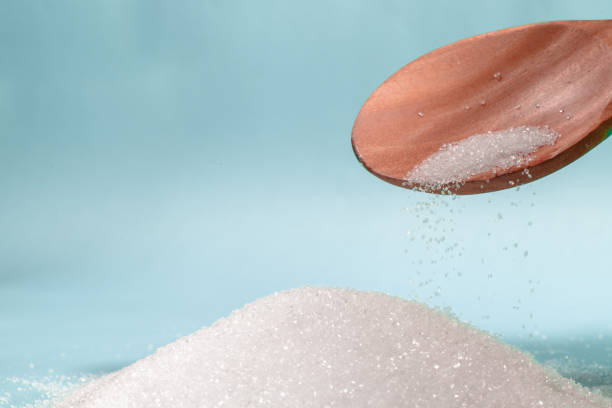
Sugar Consumption and Health
Before delving into the specifics of sugar measurement, it’s essential to recognize the impact of sugar consumption on health. Excessive sugar intake has been linked to various health issues, including obesity, type 2 diabetes, and dental problems 1. Therefore, understanding and managing our sugar intake is crucial for maintaining overall well-being.
Nutrition Labels: Decoding Sugar Content
Nutrition labels provide valuable information about the nutritional composition of food products, including their sugar content. However, interpreting these labels requires an understanding of the units used to measure sugar, which often include grams and teaspoons.
Understanding Sugar Measurement Units
Grams: Metric Measurement of Weight
Grams are a metric unit of weight commonly used in nutrition labeling. They provide a precise measurement of the amount of sugar present in a food product. However, for many individuals accustomed to using teaspoons in their daily lives, grams may seem abstract and challenging to visualize.
Teaspoons: Familiar Household Measurement
Teaspoons, on the other hand, are a familiar household measurement used in cooking and baking. While teaspoons are not as precise as grams, they offer a practical way to conceptualize sugar quantities, making it easier to understand and manage sugar intake on a daily basis.
How Many Grams of Sugar in a Teaspoon?
The 4 Grams to 1 Teaspoon Rule
A commonly cited conversion rule is that 4 grams of sugar is approximately equal to 1 teaspoon 2. While this rule provides a convenient approximation, it’s important to note that the exact conversion may vary slightly depending on factors such as sugar density and packing.
Precision vs. Practicality
While the precise conversion of 4.2 grams to 1 teaspoon exists, nutrition labels typically round down to 4 grams for simplicity and ease of interpretation. This slight discrepancy highlights the balance between precision and practicality when converting between grams and teaspoons.
Practical Application: Converting Sugar Content
To convert grams of sugar into teaspoons, simply divide the number of grams by 4. For example, if a food product contains 20 grams of sugar, it would roughly equate to 5 teaspoons of sugar (20 grams ÷ 4 = 5 teaspoons).
Visualizing Sugar Content
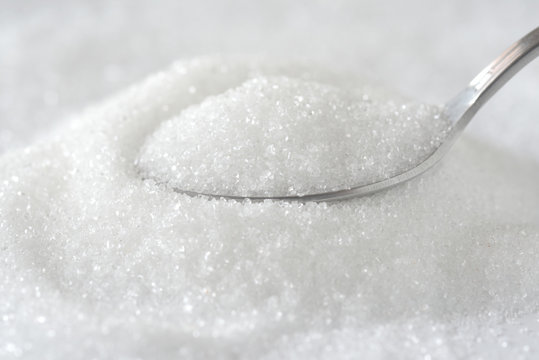
Understanding the Impact
Converting grams to teaspoons not only helps in understanding sugar content but also aids in visualizing the actual amount of sugar consumed. This visual representation can be eye-opening, particularly when assessing the sugar content of common foods and beverages.
Practical Examples
Let’s consider some practical examples to illustrate the conversion of grams to teaspoons:
- Sweetened Beverage: If a 12-ounce sweetened beverage contains 39 grams of sugar, it would translate to approximately 10 teaspoons of sugar (39 grams ÷ 4 = 9.75 teaspoons).
- Packaged Snack: A packaged snack containing 12 grams of sugar would equate to roughly 3 teaspoons of sugar (12 grams ÷ 4 = 3 teaspoons).
Visual Representation
Visualizing sugar content in terms of teaspoons can be enlightening. Imagine filling a teaspoon with sugar repeatedly to match the total grams listed on a nutrition label. This exercise offers a tangible perspective on sugar intake and its implications for overall health.
Implications for Dietary Choices
Making Informed Decisions
Understanding the relationship between grams and teaspoons empowers individuals to make informed dietary choices. By interpreting nutrition labels effectively, individuals can assess the sugar content of various foods and beverages, ultimately contributing to healthier eating habits.
Managing Sugar Intake
Armed with the knowledge of grams to teaspoons conversion, individuals can proactively manage their sugar intake. Whether reducing sugar consumption for health reasons or maintaining a balanced diet, this understanding facilitates conscious decision-making.
Conclusion
In conclusion, the question of “how many grams of sugar in a teaspoon” underscores the importance of sugar measurement in dietary management. By understanding the relationship between grams and teaspoons, individuals can navigate nutrition labels more effectively, visualize sugar content, and make informed dietary choices. Whether striving for healthier eating habits or managing specific health conditions, the ability to interpret sugar content is a valuable skill in promoting overall well-being.
Through this guide, we’ve shed light on the significance of sugar measurement, explored conversion techniques, and highlighted practical applications for everyday life. By embracing this knowledge, individuals can take control of their sugar intake and embark on a path towards a healthier lifestyle.
So, the next time you reach for a food product or beverage, take a moment to glance at the nutrition label, convert grams to teaspoons, and make a conscious choice towards a healthier you.

